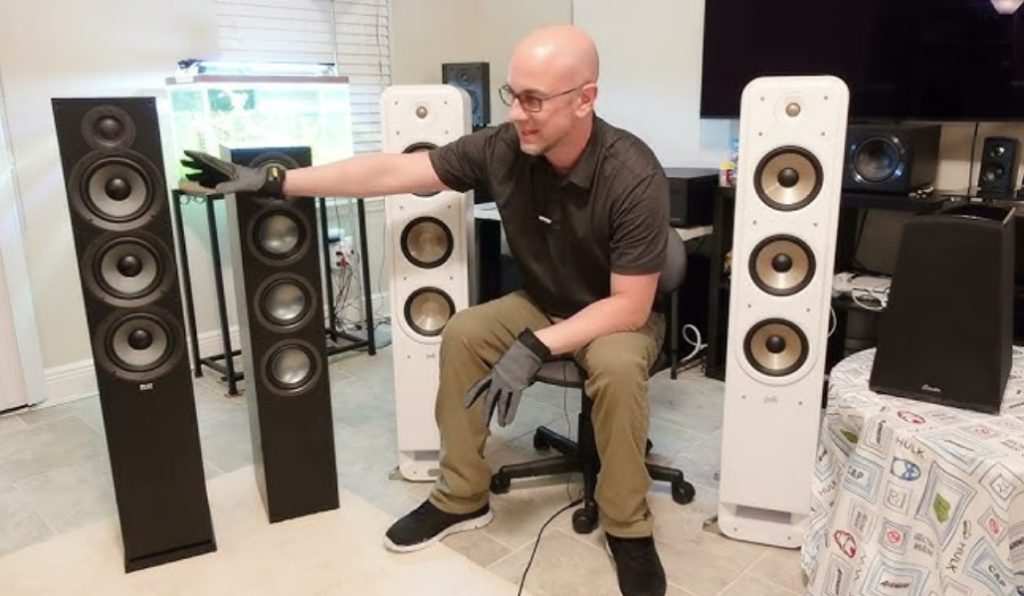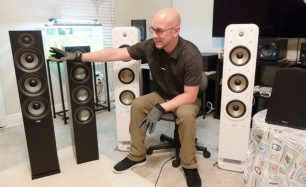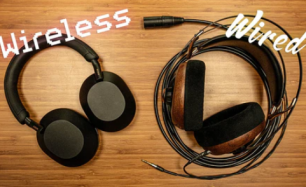How to Optimize Your Home Audio Setup Turn up the quality—not just the volume
Whether you’re a casual listener or a passionate audiophile, having a well-optimized home audio setup can transform everything from movie nights to solo music sessions. It’s not just about investing in the best gear—it’s about making the most of what you have and fine-tuning your space for the richest, clearest sound possible.
Here’s how to bring your audio setup to life and create a listening environment that sounds as good as it feels.

1. Start with the Right Equipment for Your Space
Before anything else, think about where your setup lives. A small apartment might not need a towering surround system, while a larger living room could benefit from multiple speakers or a subwoofer. Match your gear to your space for the best performance.
If you’re just starting, a good pair of powered bookshelf speakers, a soundbar with subwoofer, or hi-fi wireless speakers (like Sonos or KEF LSX) can be game-changers for clean, room-filling sound without the clutter.
2. Speaker Placement Makes a Difference
How your speakers are positioned can dramatically affect sound quality. For the best results:
- Keep them at ear level when seated.
- Avoid placing speakers directly against walls or in corners, which can cause unwanted bass buildup.
- Create a triangle between the two front speakers and your primary listening position for balanced stereo imaging.
If you’re using a soundbar, make sure it’s centered beneath your TV and unobstructed. For surround sound systems, rear speakers should sit slightly behind and above ear level to create a more immersive experience.
3. Mind the Acoustics
Your room’s surfaces shape your sound. Bare walls, tile floors, and glass can reflect sound in harsh ways, while carpets, rugs, curtains, and plush furniture help absorb and diffuse it—leading to warmer, more balanced audio.If you’re serious about audio quality, consider adding acoustic panels, bookshelves, or even a thick rug to reduce echo and improve clarity. You don’t need a full recording studio setup—just a few thoughtful touches can make a big impact.

4. Calibrate Your Sound
Many modern audio systems come with room calibration tools—microphones and apps that adjust your speaker settings based on the acoustics of your space. Take advantage of this tech to fine-tune EQ, balance levels, and enhance your listening experience.
No calibration feature? Use your ears! Sit in different parts of the room and listen for differences in volume, clarity, and bass. Then adjust your speaker placement or settings accordingly.
5. Upgrade Your Source Material
Even the best speakers won’t sound great if your audio source is low quality. Streaming services like TIDAL, Qobuz, and Apple Music Lossless now offer hi-res audio that delivers far better fidelity than standard compressed formats.If you’re using Bluetooth, consider upgrading to devices that support aptX HD or LDAC for better sound transmission—or go wired when possible for lossless listening.

Final Thoughts
Optimizing your home audio setup is about creating an environment where sound can truly shine—whether you’re hosting guests or enjoying a quiet moment alone. With the right equipment, smart placement, and a few acoustic tweaks, your home can feel like a personal concert hall, movie theater, or meditative sound sanctuary
.Because great sound isn’t just heard—it’s felt.








